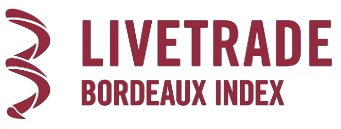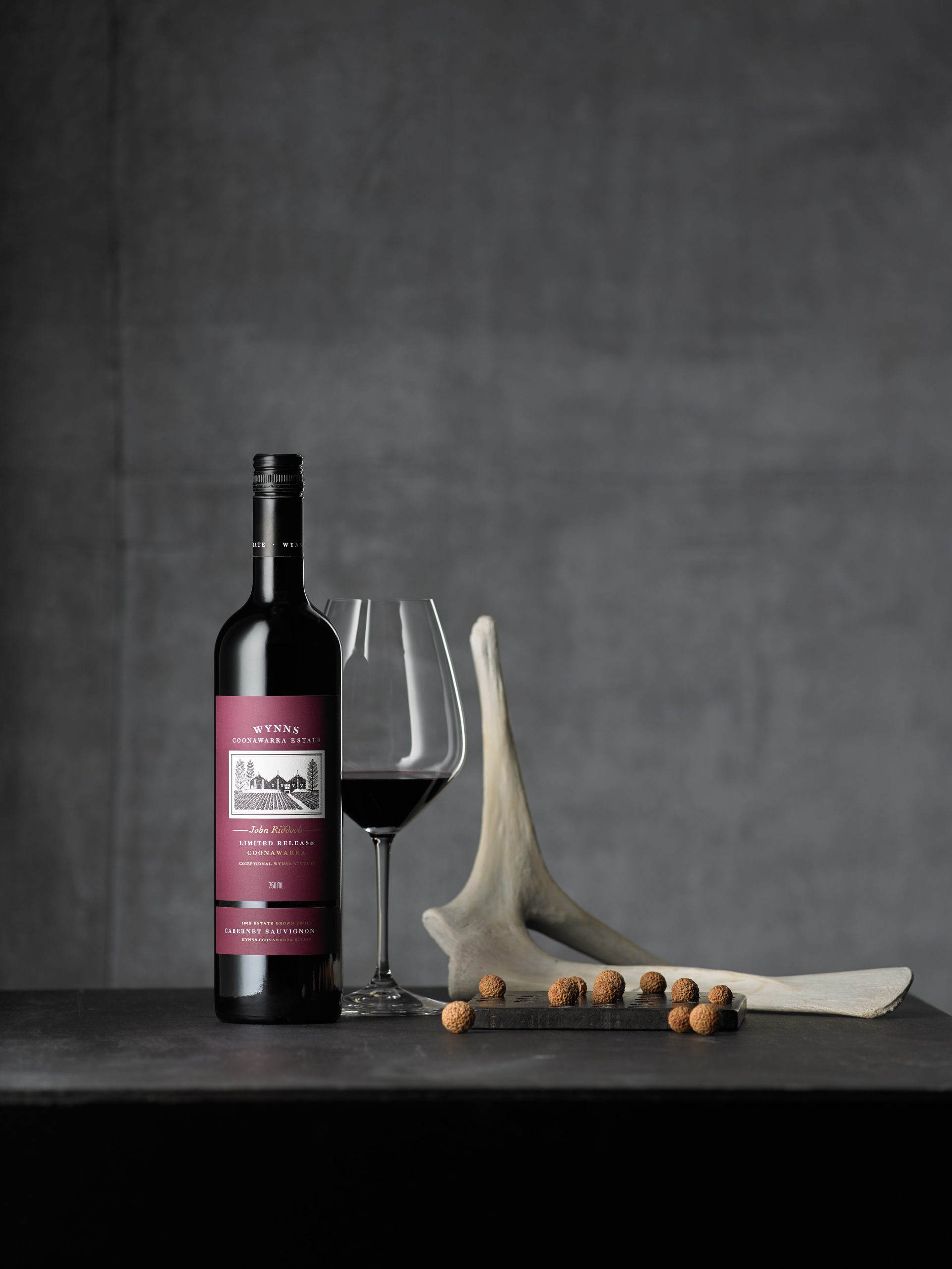Rising stars show the huge diversity of Spain’s fine wines
There have been signs of increased activity for Spanish fine wines over the last few years, with the country’s original big hitters – Ribera del Duero’s Vega Sicilia and Dominio de Pingus – continuing to dominate the secondary market. And while some wonder why more names haven’t yet broken through to join them, perhaps it is time to recognise the incredibly diversity of fine wines on offer from Spain, says Bordeaux Index’s Matthew O’Connell.

These prestigious fine wines have firmly established their reputations for quality and distinctiveness and can now command widespread recognition – and higher prices. Vega Silicia’s flagship, Único, for example typically trades at around £3,000 for 12 bottles with prices on the secondary market rising a healthy 18% in the last 12 months.
But Spain’s fine wine offer doesn’t start and end with its two brightest stars.
“Vega Sicilia and Pingus are the highest focussed wines in terms of market share,” O’Connell explains. “but in terms of fine wine market activity, Rioja has also increased, by around 40% in the last year at Bordeaux Index.”
As a high-profile region with some very high-quality wines – Rioja is well placed to take advantage of its strengths on the secondary market. And according to O’Connell, traditional Rioja profiles are ever increasing. He points to the wines from López de Heredia, whose release prices have become “significantly” higher in recent years, with secondary market prices spiking for the rarer releases.
“They are special wines that are clearly of investible quality – fine wines in every sense of the word – but there’s not much of a secondary market in them more than a couple of years after the initial release,” O’Connell points out. “We have seen greater desirability of wines such as Lopez de Heredia but [as yet] no associated step change in secondary market liquidity.”
But with Lopez de Heredia Grand Reservas “now impossible to buy” and Vega Sicilia seeing an increasingly strong price performance, perhaps this may act as an impetus to fuel demand and give up-and-coming wine producers the potential to attract investors.
Will the rising quality and rising prices prompt collectors to reassess Spain’s fine wines? In answer, O’Connell points a string of winemakers to watch, producers who are garnering strong critic scores and building themselves a strong reputation that may place them in a good position to do so.
He highlights Daniel Landi, one of the chief rebels of the Spanish winemaking revolution, who produces “very interesting” Garnachas from Castilla y Leon under both under his own label and the Comando G label (alongside Fernando García). These “mountain Garnachas” are a far cry from other wines from Ribera del Duero, let alone Rioja, but maybe that isn’t a problem. After all, as O’Connell points out, even within Ribera del Duero where Vega and Pingus are by far the best known, these two wines are very different in terms of style.
“[Ribero del Duero] is such a disparate region with some really diverse wines,” he muses.
Another wine of note from the region is Jorge Monzón’s Dominio del Águila, whose complex, elegant, restrained and terroir expressive wines are made from very old expressive Tempranillo vines (including some pre-phylloxera 100-year-old vines) in Ribera del Duero. Monzon himself cut his teeth at Domaine de la Romanée-Conti and then Vega Sicilia before finding and snapping up the very old vineyards to make his own expressions, so he is no stranger to what makes a fine wine fly, and has garnered several 97-point wines.
Partner Content
Looking beyond Ribera del Duero, O’Connell points to Rafael Palacios’s Sorte O Soro, a wine from a single parcel in the Bibei Valley in Santa Cruz do Bolo in Galicia’s Ourense province, whose 2020 vintage was awarded an impressive 100 points by The Wine Advocate’s critic Luis Gutiérrez last year.
Other exciting producer is Raul Perez from Bierzo, whose minimal-intervention methods and terroir-focus have seen him dubbed one of Spain’s “best winemakers”; and Alvaro Palaciosfrom Priorat, who uses cutting edge winemaking techniques to produce world-class wines from extremely low-yielding old vines, notably the single vineyard wine L’Ermita, a blend of 80% Garnacha, 15% Cabernet Sauvignon and 5% Cariñena.
To underline the diversity of Spain’s wines, O’Connell also mentions Equipo Navazos from Jerez, a project that celebrates small batches of ultra-low volume casks of exceptional 20+ year old Amontillado from Sanlúcar.
Whereas people tend to look for a specific catalyst such as a run of spectacular vintages, to cause a region to start rising in the secondary market, as O’Connell points out, that is difficult in a large country such as Spain, where diversity is part of its strength. Spain as a whole cannot be compared to smaller and more cohesive regions such as Piedmont, Bordeaux, Burgundy or the Rhone.
“It’s difficult to have a catalyst when you’re effectively talking about such completely different wines,” he points out. “People talk about Spain, they don’t talk about they don’t really talk about Ribera, they don’t talk about it.”
He admits that it can be a challenge for people to invest when there is “huge interest in small disparate parts, rather than a region as a whole.”
Perhaps the approach should be like that of the Super Tuscans, where there are “four or five names of real provenance, but quite a strong bench of wines below that that people do know.”
 Buy, sell and trade the world’s top fine wine and whisky at the click of a button
Buy, sell and trade the world’s top fine wine and whisky at the click of a button
LiveTrade is Bordeaux Index’s multi award-winning online trading platform.
Open to all market participants on the same terms and offering full supporting logistics capabilities, any top wine or whisky with guaranteed condition can be added to the platform.
Transparent, intuitive and constantly updated, LiveTrade offers a competitive price and the ability to sell instantly, revolutionising the world of fine wine and whisky trading.
Overhauling deep-rooted market limitations, LiveTrade has an unprecedented portfolio management system that allows users to upload their portfolios, understand the value in real time and trade directly from one platform, regardless of where their assets are professionally stored across UK and Europe.
Related news
Castel Group leadership coup escalates
For the twelfth day of Christmas...
Zuccardi Valle de Uco: textured, unique and revolutionary wines




